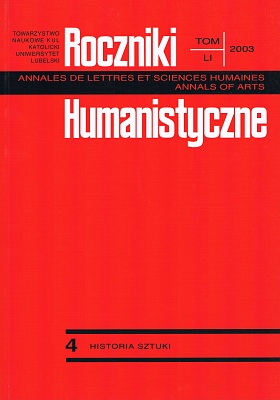Christian Topography of Milan in the Fourth Century
Abstract
The authors sought to present the state of research on the complex problems of the issue that has been discussed for decades. At present, a new generation of scholars deal with it and they propose new interpretations both of the texts and archeological sources. Following archeological excavations in the nineteenth and twentieth centuries, a picture of Milan appeared with St. Tecla’s cathedral, St. Giovanni in Fonte’s baptistery in the town centre, and a chain of cemetery basilicas around it. The Basilica Portiana mentioned in the letters of Ambrose and the dating of St. Lorenzo were regarded as doubtful. In the 1990s earlier findings were verified. Accordingly, it was possible, among other things, to question the traditional and propose a new (mainly in S. Lusuardi Siena’s papers) reconstruction and chronology of the building that is part of the episcopal complex (under present Duomo: basilica vetus = ecclesia geminata, St. Stefano’s Baptistery + basilica nova = St. Maria Maggiore; under Piazza Duomo: St. Giovanni in Fonte’s Baptistery and the latest St. Tecla). In relation with a new hypothesis, which F. Guidobaldi has recently put forward on the identification of Basilica Portiana from S. Simpliciano, the authors propose to include in the discussion on this issue Ambrose’s words. He gives us to understand that the Basilica Portiana was dedicated and that we should find out to whom it was dedicated (maybe to the Virgins?). With regard to the fact that there are no sources, it is still an open question to date the majority of the early-Christian buildings in Milan (the exceptions are St. Giovanni alle Fonti’s baptistery, Basilica Ambrosiana and Basilica Apostolorum).
Copyright (c) 2003 Roczniki Humanistyczne

This work is licensed under a Creative Commons Attribution-NonCommercial-NoDerivatives 4.0 International License.





